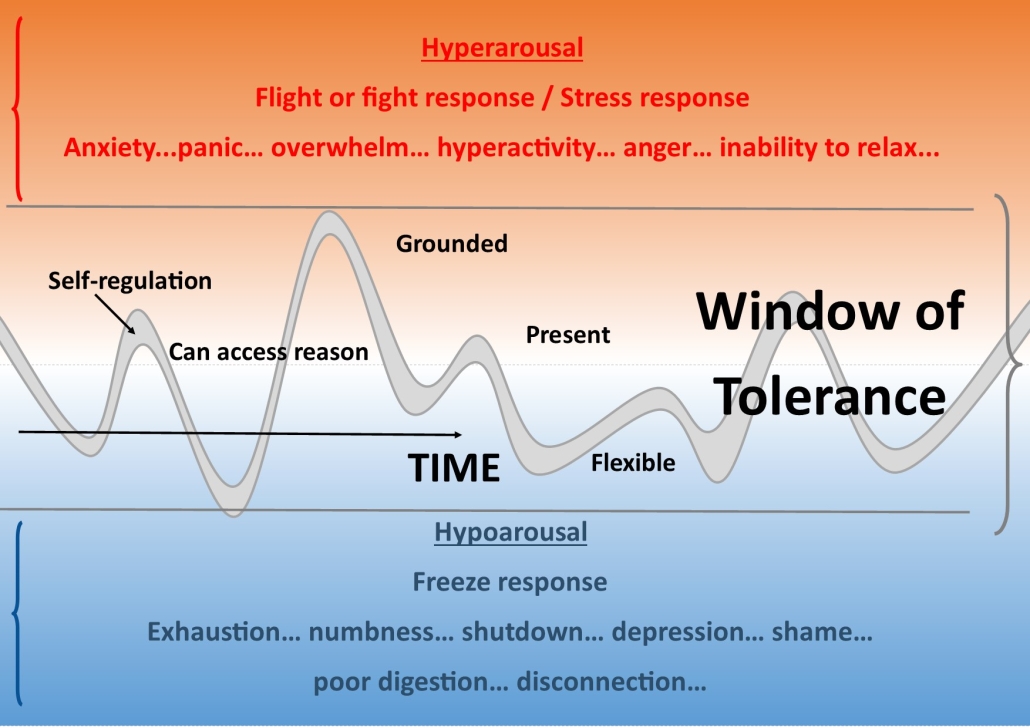Have you found that mindfulness is hard?
Don’t worry, you are not alone. Many undertake meditating and mindfulness to help deal with some stress, trauma or issues in their lives. Yet it is common to become frustrated in the beginning when our minds do not behave the way with think they should!
Why Mindfulness Is Hard When You’re New to It
Mindfulness is often presented as a simple solution to modern life’s stress and distraction. Just breathe. Just be present. Just let your thoughts pass like clouds. It sounds peaceful—maybe even easy. But if you’ve tried it for the first time, you likely discovered something surprising: mindfulness is hard.
There’s a reason for that. Despite the reputation of someone sitting serenely on a mountain top, mindfulness goes against the grain of how most of us operate day to day. It requires a level of attention, patience, and acceptance that we’re not used to practicing, especially in a world that celebrates speed, multitasking, and constant stimulation.
The Mind Doesn’t Like Stillness
If you’re new to mindfulness, the first major hurdle is confronting the restlessness of your own mind. Sit down, close your eyes, and pay attention to your breath for one minute—and your brain will probably revolt. Thoughts will race. You’ll remember something you forgot to do. You’ll start planning dinner. You’ll wonder if you’re “doing it right.”
This is normal. The mind is designed to think, analyse, and scan for threats. In fact, many of us are running on a kind of low-level anxiety loop, always anticipating what’s next. So, when you try to slow down and just be, the brain doesn’t immediately cooperate. Instead, it pushes back—because that stillness feels unfamiliar and, for some, uncomfortable.
We’re Addicted to Distraction
Modern life doesn’t help. Phones buzz, notifications pop up, and entertainment is a tap away. Our attention is constantly divided, and we’ve become conditioned to jump from one thing to the next. In fact, we often feel uncomfortable when we’re not doing something.
Mindfulness asks you to do the opposite: to stop, observe, and accept what is happening right now without judgment or distraction. But if your brain is used to constant input, sitting quietly can feel boring, even anxiety-inducing. For beginners, this discomfort can feel like failure, when it’s actually part of the process.
We Expect Quick Results
Another reason mindfulness feels hard at first is because of unrealistic expectations. We might assume that a few minutes of meditation should bring immediate peace or clarity. But mindfulness is a skill—like learning to play an instrument or train for a marathon. Progress can be subtle and slow. At the beginning, it often feels like nothing is happening. That’s when many people give up. Some of the principles of mindfulness are trust and patience, these are an essential part of the practice.
In truth, mindfulness is not about “achieving” something, (also known as “non-striving”); it’s about noticing. It’s the repeated act of bringing your attention back, over and over, even when your mind drifts. That’s the practice.
Even great Zen masters have said that meditation is both simple and hard, and have likened it to a burning fire:
“When you do something, you should do it with your whole body and mind; you should be concentrated on what you do. You should do it completely, like a good bonfire. You should not be a smoky fire. You should burn yourself completely. If you do not burn yourself completely, a trace of yourself will be left in what you do.”
Our minds want to be busy thinking and worrying, it’s what our minds evolved to do. It takes effort to retrain how we think, but it is worth it!
It Requires Self-Compassion, especially during times of acute stress or trauma.
Finally, mindfulness brings you face to face with your thoughts and emotions—some of which may be unpleasant. This can be challenging, especially if you’re used to avoiding discomfort. Mindfulness teaches you to sit with what is, not to fix it immediately. That takes courage and self-compassion, both of which can take time to develop.
It is worth being aware of your window of tolerance

(Window of tolerance by Dr Dan Siegel)
When we start our mindfulness practice, we should be aware if we are becoming too hyper-aroused (feelings of anxiety, panic, fear or anger), or hypo-aroused (feelings of extreme fatigue, shame, dissociation or ‘spaciness’). In such cases another practice may be beneficial, for example, in hyper-arousal it may help to have a shake to release pent-up energy, or you may prefer a body-scan where you can relax; alternatively, if you are hypo-aroused, it may help to get up and do some mindful movement or go for a walk to get out of the lethargic or depressed state of being. Understanding how we feel and what it best to feel safe and in balance is part of the mindfulness practice, however, it does take time so go gently with yourself in the beginning.
In Conclusion
Mindfulness is hard when you’re new to it—not because you’re doing it wrong, but because you’re doing it at all. If it feels uncomfortable, that’s okay. Keep practicing. Like any worthwhile endeavour, the rewards grow with patience. Stick with it, and what once felt difficult will gradually become second nature to you.
If you want to know more about mindfulness and how to practice, please sign up to my newsletter for updates and trainings and free resources.
You may also like this Introduction to mindfulness article:










